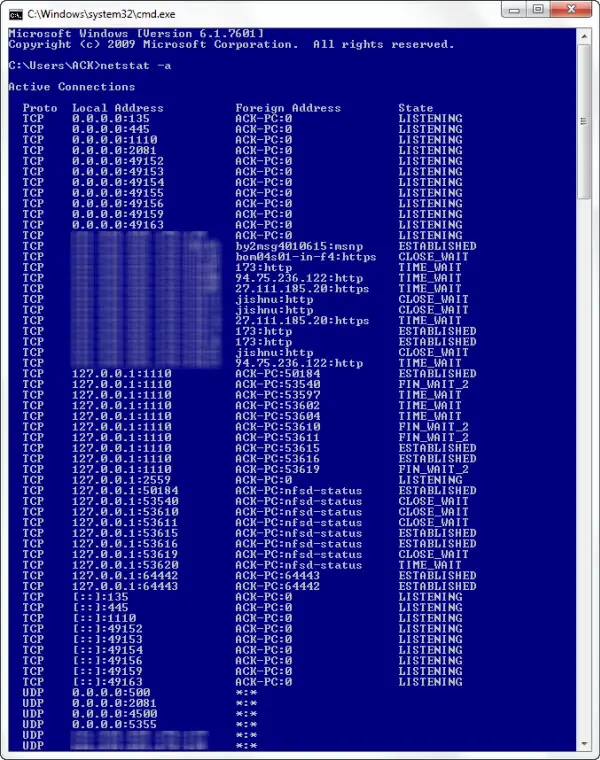

If you want to add a common name to the start of every file and follow that up with a number, you’d need to use the following syntax:įor /l %a in (1 1 10) do type nul > "filename %a.txt" To create 20 files, replace 10 with 20 in your command. …where (1 1 10) tells the CMD to perform the task in the sequence from 1, in steps of 1, up to 10.

Creating Multiple Files Using Command Promptįor times when you want to create multiple files inside a folder at once and populate them later, you can use the for loop as shown in the following syntax:įor /l %a in (1 1 10) do type nul > "%a.txt" Now, just like how you would use Notepad, enter your text to the file and hit Ctrl + S to save and Ctrl + W to close the file. Creating a File in Notepad Using Command Prompt Once you’ve done that, hit Ctrl + Z to save the file and Ctrl + C to exit editing. It will now put you inside the file in the Command Prompt window itself, where you can add your desired text to it. To create a file using copy con, use the syntax below: And it then opens the new file in a text editor, where you can populate it with text. With it, you only need to give a name to your file initially. Unlike the echo command, which takes your input for the content of the file you’re creating at the outset, the copy con command takes a rather different approach.

Type MyFile.txt Creating a File Using copy con Command Once you’ve created the file, verify that it has been created successfully by running: However, when used with the redirection operator (>), it doubles as a file creation command that creates a file out of your inputted text.įor creating a file using the echo command, open the Command Prompt and enter your command using the following syntax:įor example, if you want to create a text file named MyFile with This is sample text as its text and. The echo command displays messages you type into the CMD window. Read More Creating a File Using echo Command


 0 kommentar(er)
0 kommentar(er)
